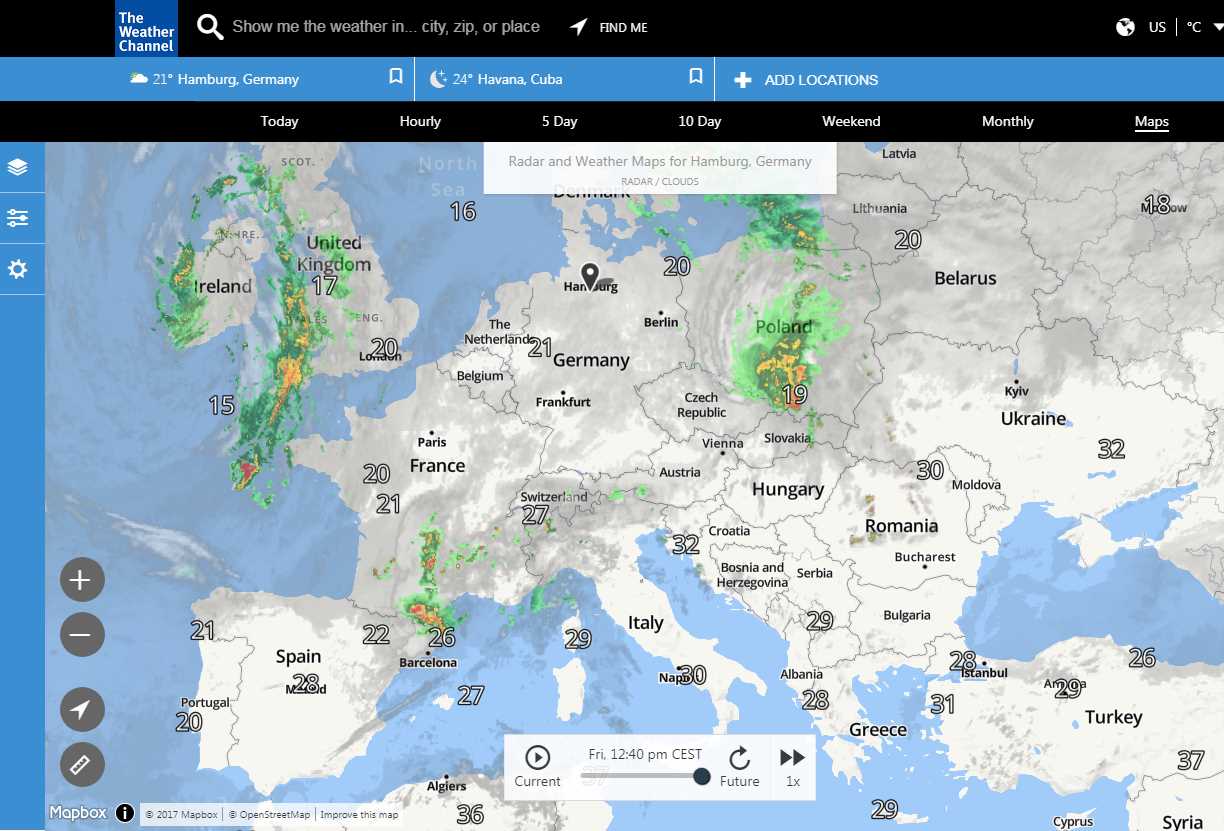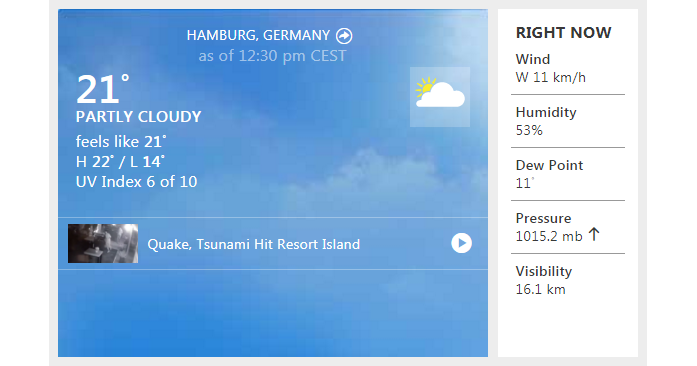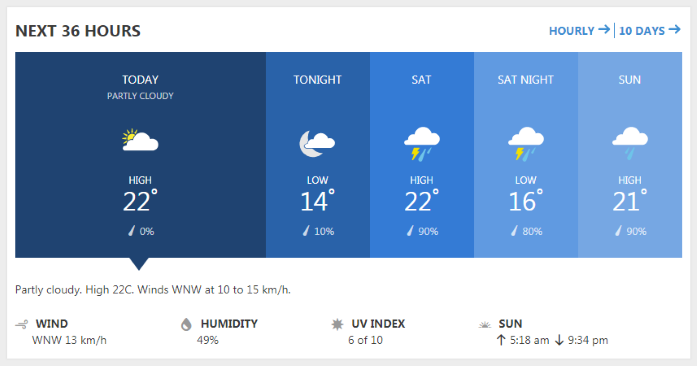How to fly a drone
Drone Flight Planning and Pre-Flight Checks
Pre-flight checklists are a great way to ensure you have all the necessary gear for flying your drone and that you are taking all the proper precautions to ensure an enjoyable flight.
Share this on:
Drone flight safety
We couldn’t start this document less cliché than saying “Safety First”; because indeed safety is the one and only when it comes to flying a drone.
When you plan the flight of your drone operation; you shall first secure the safety of other people, your own safety, safety of objects on your flight path, and the safety of your drone.
Every drone pilot / operator should follow the rules and regulations specified by the governing bodies applicable at the region the flight takes place. Following the FAA's “I fly safe” campaign and EASA's drone code of conduct, we will cover the safety aspect with one checklist item on the Pre-Flight Checklist: “I fly safely, legally and responsibly”.
Step Zero: Inform the authorities (therefore other pilots) about your flight plan. Here you can find a good explanation on how to officially report your drone flight plan to nearby pilots. This article explains it for the US only; contact your local authorities to inform them about your flight plan at your region. Following that, here are the checklist items to make sure your Drones / Transmitters / Receivers and Flight Controllers are well maintained for airworthiness at all times:
Drone flight checklist
| Check Item | |
|---|---|
| Pre-Flight | I fly safely, legally and responsibly |
| Check how the weather conditions will evolve during your flight | |
| Inspect the drone and the hub for any damage | |
| Inspect propellers for damage on the blades and make sure the screws are tight | |
| Run the Flight Controller app on your tablet | |
| Verify tablet battery charge level | |
| Place the hub on a flat surface and turn it on | |
| Verify the data link connection and the hub battery charge level on the app | |
| Plan a new mission on your tablet or call a previously saved mission and edit | |
| Contingency planning should include safe routes in the event of a system failure, degraded performance, or lost communication link | |
| Check for any people and animals near by | |
| In-Flight | Power on drone |
| Verify drone battery charge level | |
| Start flight timer | |
| Stand clear (min. 3 meters) | |
| Take-off your drone | |
| Hover at 3 meters for a few seconds to check stability | |
| Start your mission | |
| Monitor and control battery levels and data link during your drone in operation | |
| Land drone |
Also, a post-flight checklist is an integral part of good drone ownership and operation. A post-flight checklist ensures that you do not skip any key steps to properly shut down, maintain, and store your drone until your next flight.
| Check Item | |
|---|---|
| Post-Flight | Power off drone |
| Power off hub | |
| Inspect drone for damage including landing gear and propellers | |
| Place all gear in storage containers | |
| Connect via USB to download media from the onboard SD Card |
How to fly your drone in bad weather
You may ask yourself “Can I fly my drone in bad weather?”. Turncircles drones are superior to major drones available in the market today. Because our drones are by design weather resistant, you can fly your TC411 drone in most bad weather conditions.
But, what makes the weather bad, how bad really is bad weather, and to what extend should you take your drone off to the skies?
Many factors affect the weather and climate of a given region. 7 common weather phenomena make the weather good, bad or very bad. We have analyzed those 7 factors that affect weather on measurable scales so that you, as a drone pilot, can objectively decide whether or not to take off your drone.
Before going into detail, below is the common course of action from the pre-flight checks that especially applies to drone operations in bad weather:
- Check how the weather conditions will evolve during your flight
- If you observe unsteady flight behavior, land your drone immediately
Flying a drone in the rain
Turncircles drones are by design weather resistant. You can fly your TC411 drone in rain or snow. Turncircles proudly presents the “Shower Test” (TC411 drone weather resistance test):
Beware that the visibility will reduce.
If you land or crash your drone in the water, turn it off immediately and use a towel to wipe it off. The key is to make sure there is no power connected to your drone if the lower airframe has been exposed to snow/water.
Have fun chasing the rainbows ;-)
Flying your drone in windy weather
Flying in wind can be difficult. It requires a lot of practice and patience too. Flying your drone on a windy day will drain your drone battery faster than normal; trying to maintain any sort of position in the air.
It is best to exercise caution and plan your flight accordingly. Below are some points you should take into account for your drone operation:
- Always keep an eye on the battery status.
- Watch the obstacles like trees, power lines, buildings, etc. continuously. Beware that the trees and the cables will be moving with the wind.
- Watch the obstacles that fly around loosely because of high wind. Those could be leaves, small branches, or dirt like plastic bags, papers, etc.
- Keep extra distance than usual to the objects in your flight path.
- Keep in mind that the wind speed will be stronger as you elevate. So if you feel the drones is struggling to stick to the waypoints, try lowering the altitude. Otherwise land immediately.
How windy is too windy to fly
Turncircles drones are by design durable against side-winds. You can fly your TC411 model up to wind force 7 (High wind, moderate gale, near gale) based on the Beaufort Wind Force Scale. Check out the Beaufort Wind Force Scale below from Royal Meteorological Society:
| Wind Force | Description | Wind Speed | Specifications | ||
|---|---|---|---|---|---|
| km/h | mph | knots | |||
| 0 | Calm | <1 | <1 | <1 | Smoke rises vertically |
| 1 | Light Air | 1-5 | 1-3 | 1-3 | Direction shown by smoke drift but not by wind vanes |
| 2 | Light Breeze | 6-11 | 4-7 | 4-6 | Wind felt on face; leaves rustle; wind vane moved by wind |
| 3 | Gentle Breeze | 12-19 | 8-12 | 7-10 | Leaves and small twigs in constant motion; light flags extended |
| 4 | Moderate Breeze | 20-28 | 13-18 | 11-16 | Raises dust and loose paper; small branches moved |
| 5 | Fresh Breeze | 29-38 | 19-24 | 17-21 | Small trees in leaf begin to sway; crested wavelets form on inland waters |
| 6 | Strong Breeze | 38-49 | 25-31 | 22-27 | Large branches in motion; whistling heard in telegraph wires; umbrellas used with difficulty |
| 7 | Near Gale | 50-61 | 32-38 | 28-33 | Whole trees in motion; inconvenience felt when walking against the wind |
| 8 | Gale | 62-74 | 39-46 | 34-40 | Twigs break off trees; generally impedes progress |
| 9 | Strong Gale | 75-88 | 47-54 | 41-47 | Slight structural damage (chimney pots and slates removed) |
| 10 | Storm | 89-102 | 55-63 | 48-55 | Seldom experienced inland; trees uprooted; considerable structural damage |
| 11 | Violent Storm | 103-117 | 64-72 | 56-63 | Very rarely experienced; accompanied by widespread damage |
| 12 | Hurricane | 118 plus | 73 plus | 64 plus | Devastation |
Here you can watch a video explaining the Beaufort Wind Force Scale with a simulation.
Besides the burden on your drone and loosely flying foreign objects around; also keep in mind that the wind may bring clouds together faster than expected and cause rain/snow/fog.
If you observe unsteady flight behavior, land immediately!After all, have fun aerial filming the trees dancing with the wind ;-)
Drones in clouds
Clouds are almost no danger to you as long as you keep the drone below them. You shall not lose the direct sight to your drone according to the FAA and EASA drone flying rules.
- EASA's formal Technical Opinion on the operation of drones
- FAA rules for the operation of unmanned aircraft
Keep in mind that the clouds do also change altitude. As an operational example, if you are flying on a mountain, a cloud 5 minutes back can become a sudden fog.
You can check cloud formation online for your region. Below is an example from weather.com:

Flying your drone on a sunny day
The Sun, amongst others, is responsible for all the weather and climate activities on our Earth. When we talk about the Sun’s effects on a drone though, we talk of two crucial factors to watch: temperature and the direct sunshine.
To heat or not to heat
The temperature plays a great role on the flight time of your drone, battery life cycle as well as avionics lifetime.
Much like the other electronic equipment; optimal temperature for drone operations is 25 Celsius (77° F) degree. Your comfort zone will be between 15 degree Celsius (59° F) and 35 Celsius degree (95° F). In this range, you don’t have to worry much about the temperature as the effects are negligible. Though, when the temperature decreases (below 15 Celsius degree (59° F)), you should always keep an eye on the battery status; because, the cold will drain your batteries faster than normal. The colder it gets the faster the batteries will drain. Freezing temperatures seem counterintuitive because the battery and moving parts on a drone can get quite warm when in use. But the batteries drain substantially faster in freezing cold weather. So beware this and closely monitor your battery status when flying on a cold day.
Also, it can unexpectedly form ice on the propellers or on the airframe in minus Celsius degrees (below 32° Fahrenheit) that may cause the drone to fly improperly. If you observe irregular flight behavior, land immediately.
On the other hand, when the temperature increases (above 35 Celsius degree (95° F)), you may actually stay even longer in the air; but beware the stress and therefore depreciation on your batteries and electronics.
The temperature limits of the Turncircles drones for operations are -10 degree Celsius on the lowest, and +40 degree Celsius maximum.
Direct sunshine
Did you ever witness that the weather forecast claimed 35 degree Celsius (95° F) but your car was measuring 40 (104° F) or even more? This happens if you park your car under direct sunshine. The weather forecast reports the maximum temperature in shadow. So beware that even if the weather forecast reports 35 degree Celsius (95° F), under direct sunshine, the temperature on and in your drone can go above 40 degree Celsius (104° F) and cause a crash and loss of your drone if not anything worse.
Remember that extreme heat can put unnecessary wear and tear on batteries and computers. So even if you are not flying, do not let your drone under direct sunshine.
Snow
Flying in snow is great because it makes for great pictures and video. However, flying in snow is difficult because it reduces the sight.
If you land or crash your drone in the snow, turn it off immediately and use a towel to wipe it off. Snow that makes its way into the motors can put unnecessary wear and tear on the motors. The key is to make sure there is no power connected to your drone if the lower airframe has been exposed to snow/water.
Dust
You can fly your TC411 drone in dusty environments. There is no common scale to dustiness. Avoid sand storms. As long as you can see the drone, you are good to fly.
If you observe unsteady flight behavior, land immediately!
Fog
The biggest problem with the fog is the visibility. Even if you carry a thermal or infra-red camera on the drone; you shall not fly unless you can see the drone with naked eyes. Assuming you obtain the necessary allowance, you should at least have a SWIR thermal camera integrated.
If you observe unsteady flight behavior, land immediately!
Conclusion
Always check the weather conditions in your region before taking off your drone. Beware that the weather can suddenly change depending on the region you are operating your drone; especially on the sea side or on the mountains.
You can check detailed real time weather condition online for your region. As shown in the below example from weather.com, you can see the temperature, wind speed and visibility information which are very important to know before your drone operation. Further relevant information is also available like humidity and pressure as an indicator of risk of rain.


Beware that all of the above weather phenomena will in various combinations affect your communication with the drone, the communication of your drone with the satellites and your flight time.
The perfect weather to fly your drone would be 25 degree Celsius calm weather, sunny and clear with no clouds at all.
The data in this document is for descriptive purposes only and is not intended to make or imply any guarantee or warranty.
Last but not least, studying and knowing the weather conditions at your flight path is one of your responsibilities as a drone pilot. This is part of flight planning for drone operations.
